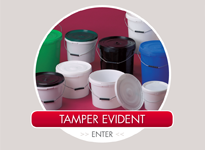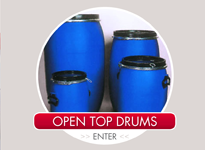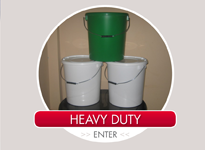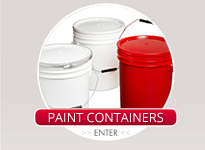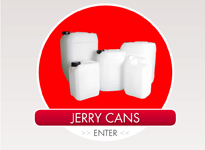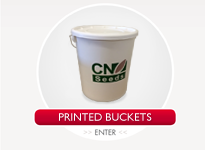

Large plastic buckets - key buying criteria
September 20, 2012 at 12:39 PM
Obviously, being a top UK supplier of large plastic buckets, we'd always maintain that contacting a reputable and knowledgeable company such as H&O Plastics should be your first purchasing criteria. But assessing which buckets, pails and containers are suitable for your specific needs can be helped by considering your intended applications and uses. It helps to use a knowledgeable supplier as there may be certain regulations that customers should be aware of, if they intend to ship or keep dangerous materials.
Combining the needs of applications, the regulations in shipping and other information that customers may not instantly be aware of requires the supplier to be a problem solver. Buying large plastic buckets from a company that specialises in bespoke sizes and variations means that whatever your requirements, they can be met.
So what specific uses are there for large plastic buckets?
If large amounts of hazardous and non-hazardous materials needs to be stored or shipped, it's vital that the substances being carried are compatible with the type of plastic that the bucket is manufactured from e.g. HDPE. The weight and density of the material may dictate that you need a large plastic bucket to store and ship the contents in.
These bigger containers can be used to store non-flammables materials as well as oil, lubricants, grease. Bulk food products need to be stored in food grade plastic buckets.
Of course, with using large plastic buckets and containers there will be storage concerns.
Using nest-able buckets will mean you save space both when storing and shipping them. Of course, you have to bear in mind that they will still need storing once empty so nest-able and tapered buckets are ideal.
There are other kinds of large plastic buckets that can be stacked and stored easily. For instance, tight head and open head buckets. Open head buckets are often used for solids and heavy liquids like glue and grease. Alternatively, many people use a tight head bucket if they need to carry a lighter, freer liquid needing a tighter seal.
When transporting hazardous materials, there are certain regulations that need to be adhered to.
Firstly, you would need to ensure you only use a certain kind of plastic bucket dependent on what is being stored and shipped - H&O can advise on the right choice and how to use/maintain them on an ongoing basis.
Finally, there are considerations regarding lids and covers. Some plastic buckets can use a snap-on lid but for extra security, particularly with food and hazardous chemicals, tamper evident lids are perfect.
Add Pingback


